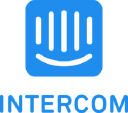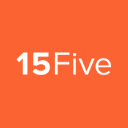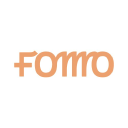How We Created A $2M/Month Subscription-Based Mystery Games Business
Hello! Who are you and what business did you start?
Hello, my name is Ryan Hogan and I am the Co-founder and CEO of Hunt A Killer, an innovative entertainment company that delivers clues, items and correspondence to your doorstep each month, which immerses Members in an interactive story. We have a total of four brands: Hunt A Killer, our murder mystery for true crime fans; Empty Faces, our paranormal investigation for horror fanatics; Escape The Invasion, our science fiction thriller for those looking to survive an alien apocalypse; and Team Building Kits, our business-to-business product that brings corporate teams together and improves company culture through quarterly experiences that create a fun and challenging environment.
Hunt A Killer started with 146 subscribers in October 2016. In August 2019, we shipped our one-millionth episode and continue to see signs of massive growth in the immersive entertainment space.

Download the report and join our email newsletter packed with business ideas and money-making opportunities, backed by real-life case studies.

Download the report and join our email newsletter packed with business ideas and money-making opportunities, backed by real-life case studies.

Download the report and join our email newsletter packed with business ideas and money-making opportunities, backed by real-life case studies.

Download the report and join our email newsletter packed with business ideas and money-making opportunities, backed by real-life case studies.

Download the report and join our email newsletter packed with business ideas and money-making opportunities, backed by real-life case studies.

Download the report and join our email newsletter packed with business ideas and money-making opportunities, backed by real-life case studies.

Download the report and join our email newsletter packed with business ideas and money-making opportunities, backed by real-life case studies.

Download the report and join our email newsletter packed with business ideas and money-making opportunities, backed by real-life case studies.

































